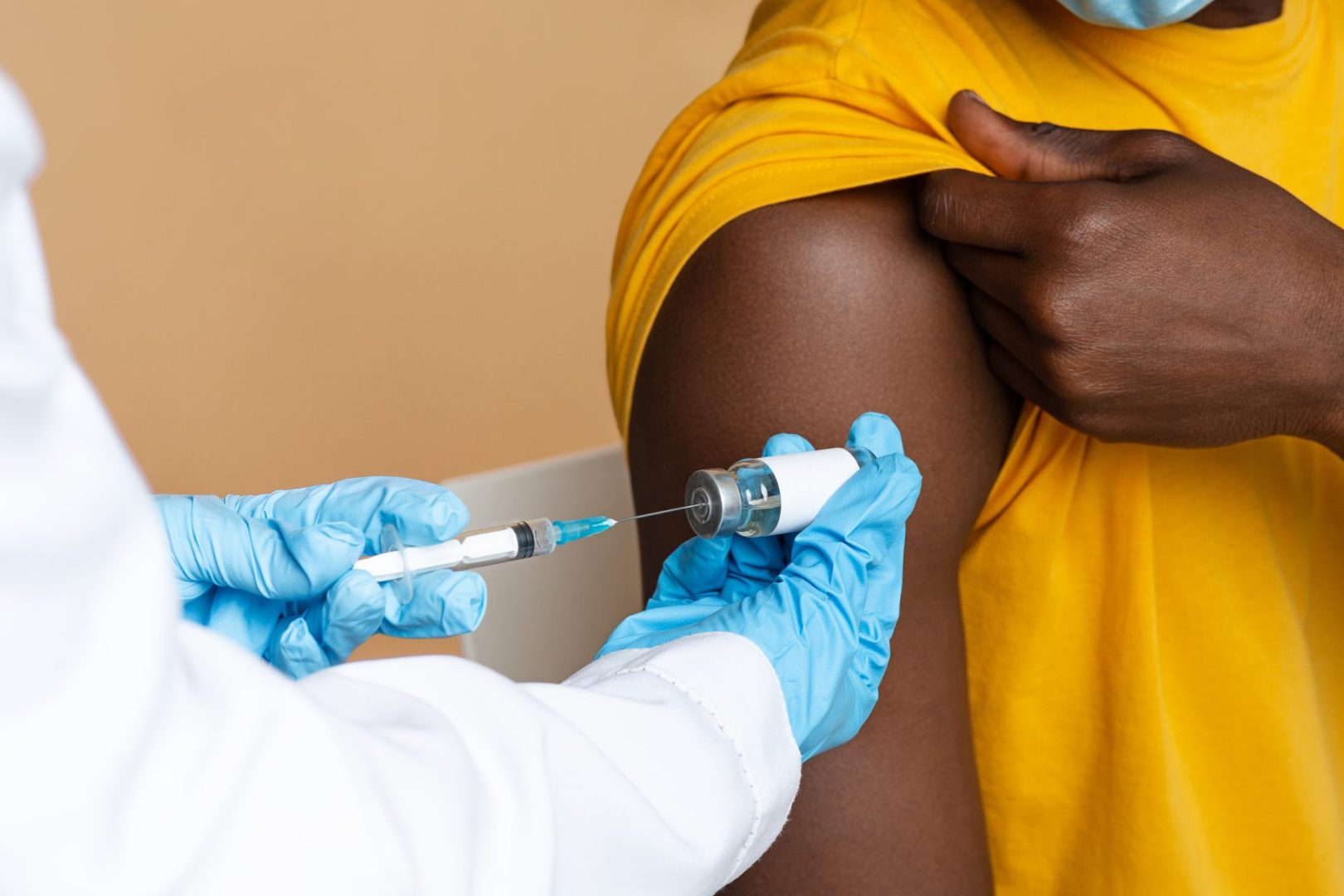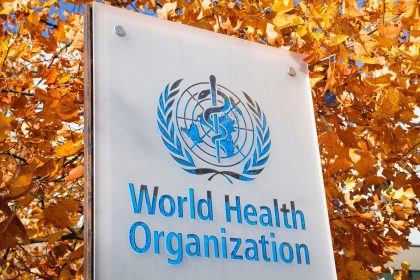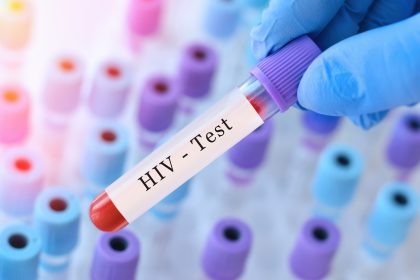A groundbreaking partnership between two major vaccine manufacturers promises to revolutionize immunization access across Southeast Asia, potentially protecting millions of people from deadly diseases while slashing development timelines by more than half. The collaboration between Franco-Thai biotech company BioNet and Indonesia’s state-owned PT Bio Farma represents one of the region’s most significant healthcare partnerships in recent years.
The strategic alliance focuses on developing and distributing TdaP vaccines, which protect against three serious bacterial infections: tetanus, diphtheria, and pertussis (whooping cough). These diseases continue to pose significant health threats throughout the Association of Southeast Asian Nations region, particularly affecting vulnerable populations including infants, elderly individuals, and those with compromised immune systems.
Revolutionary approach cuts development time dramatically
Traditional vaccine development typically requires 10 to 15 years from initial research to market availability, creating dangerous gaps in public health protection during emerging disease outbreaks. The BioNet-Bio Farma partnership aims to compress this timeline to less than five years through innovative collaboration strategies and streamlined regulatory processes.
This accelerated approach combines BioNet’s cutting-edge recombinant pertussis technology with Bio Farma’s extensive manufacturing capabilities and established distribution networks. By leveraging each company’s core strengths, the partnership can eliminate redundant research phases and optimize clinical trial processes across multiple countries simultaneously.
The time reduction strategy represents a fundamental shift in how international vaccine partnerships approach regional health challenges. Rather than developing products independently and seeking distribution agreements later, the companies are integrating their efforts from the earliest research phases through final market delivery.
Massive market potential drives strategic investment
The Southeast Asian TdaP vaccine market represents enormous commercial and public health opportunities, with projected annual demand reaching 10 to 15 million doses. Market analysts estimate the total value of this opportunity at approximately $200 million annually, reflecting both the region’s large population and growing healthcare infrastructure investments.
These figures underscore the substantial unmet medical need across ASEAN countries, where vaccination coverage rates vary significantly between urban and rural populations. The partnership specifically targets regions where current vaccine access remains limited due to supply chain challenges, regulatory barriers, or economic constraints.
The market size projections also reflect increasing government commitments to childhood immunization programs and adult booster campaigns throughout Southeast Asia. Many countries in the region have recently expanded their national immunization schedules to include additional vaccine types and age groups.
Strategic division of responsibilities maximizes efficiency
The memorandum of understanding establishes clear operational boundaries that allow both companies to focus on their areas of greatest expertise. Bio Farma will lead clinical trials and regulatory submissions within Indonesia, leveraging its deep understanding of local healthcare systems and established relationships with Indonesian health authorities.
Meanwhile, BioNet will handle clinical development and regulatory processes in other ASEAN countries, drawing upon its international experience and existing partnerships across the Franco-Thai business community. This division prevents duplication of efforts while ensuring that each market receives appropriate attention from experienced local partners.
The collaborative structure also facilitates knowledge sharing between the companies, with Bio Farma’s large-scale manufacturing expertise complementing BioNet’s innovative research capabilities. This cross-pollination of skills and resources creates synergies that neither company could achieve independently.
Advanced technology promises superior vaccine performance
The partnership’s TdaP vaccine will combine Bio Farma’s proven tetanus and diphtheria components with BioNet’s proprietary acellular recombinant pertussis technology. This combination represents a significant advancement over traditional whole-cell pertussis vaccines, which often cause more severe side effects and may provide less consistent protection.
BioNet’s recombinant pertussis technology produces highly purified antigens that trigger strong immune responses while minimizing adverse reactions. Clinical studies of similar recombinant vaccines have demonstrated improved safety profiles compared to conventional formulations, particularly important for pediatric populations and individuals with sensitive immune systems.
The integrated vaccine approach also simplifies immunization schedules by combining three separate disease protections into a single injection. This consolidation reduces healthcare delivery costs, improves patient compliance, and decreases the likelihood of missed vaccination appointments that can leave individuals vulnerable to preventable diseases.
Regional health security implications extend beyond profits
The partnership addresses critical pandemic preparedness concerns that have gained renewed attention following recent global health emergencies. By establishing robust regional vaccine manufacturing and distribution capabilities, ASEAN countries can reduce their dependence on external suppliers during health crises.
The collaboration creates redundant production capacity across multiple countries, ensuring that vaccine supplies remain available even if individual manufacturing facilities face disruptions. This distributed approach to vaccine security reflects lessons learned from supply chain vulnerabilities exposed during recent pandemic responses.
Regional health experts emphasize that the partnership’s success could serve as a model for other therapeutic areas where ASEAN countries currently rely heavily on imports from distant manufacturers. Building local and regional production capabilities strengthens healthcare sovereignty while reducing costs and improving access for underserved populations.
Regulatory alignment streamlines approval processes
One of the partnership’s most innovative aspects involves coordinating regulatory submissions across multiple ASEAN countries to accelerate approval timelines. Rather than pursuing sequential country-by-country approvals, the companies plan synchronized regulatory strategies that leverage shared clinical data and harmonized safety standards.
This approach requires extensive coordination with health authorities throughout the region, but offers the potential for near-simultaneous market launches across multiple countries. Such coordination could establish new precedents for regional pharmaceutical cooperation and encourage similar partnerships in other therapeutic areas.
The regulatory alignment strategy also reduces overall development costs by eliminating redundant clinical trials and administrative processes. These savings can be reinvested in additional research or passed along to healthcare systems in the form of more affordable vaccine pricing.
Public health impact targets vulnerable populations
The partnership specifically aims to improve healthcare equity by ensuring vaccine access reaches underserved populations throughout Southeast Asia. Many rural and economically disadvantaged communities currently face significant barriers to obtaining recommended vaccinations, creating pockets of vulnerability that can fuel disease outbreaks.
The collaboration’s distribution strategy prioritizes these high-need areas through partnerships with government health ministries, non-governmental organizations, and international development agencies. By working with established public health networks, the companies can ensure their vaccines reach populations most likely to benefit from improved immunization access.
The equity focus also extends to pricing strategies designed to make vaccines affordable for healthcare systems with limited resources. The partnership’s economic model balances commercial viability with public health accessibility, recognizing that sustainable vaccine programs require both financial sustainability and broad population coverage.
Future expansion possibilities create long-term value
While the initial partnership focuses exclusively on TdaP vaccines, both companies have expressed interest in potential future collaborations addressing other immunization needs throughout the ASEAN region. The successful execution of this first project could establish frameworks for additional vaccine development partnerships.
Potential expansion areas include other combination vaccines, seasonal influenza preparations, or emerging disease responses that require rapid development and deployment capabilities. The partnership’s infrastructure and regulatory relationships could provide significant advantages for future collaborative projects.
The long-term vision encompasses establishing Southeast Asia as a global center for vaccine innovation and manufacturing, reducing the region’s historical dependence on external suppliers while creating export opportunities for high-quality pharmaceutical products developed through international partnerships.







